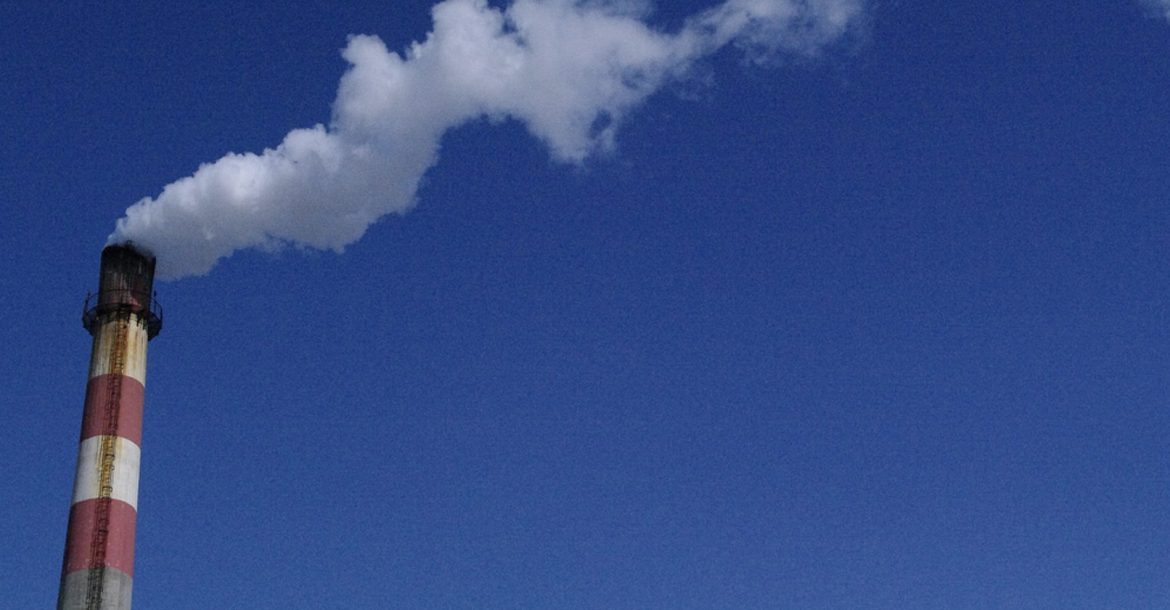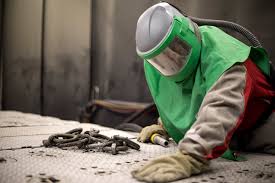
Someday, users may find out that the gasoline that they buy has its primary source from the carbon dioxide that is being captured out of the sky rather than the oil pumped out of the ground. Engineers at a Canadian firm have demonstrated something spectacular by removing carbon dioxide from the atmosphere and turning them into fresh fuels. This move has been highly appreciated because of its positive impact and the cost-effective way to reduce the carbon footprints of transportation with very less disruption to the vehicles running on the road. This experiment was published on June 7 in the journal Joule.
David Keith is the founder and chief scientist of Carbon Engineering which is a Canadian CO2-capture and clean fuels enterprise. He is also at the same time a professor of applied physics said that the carbon dioxide which is produced via direct air capture could be mixed with sequestration for carbon removal or else it can also lead to the production of carbon-neutral hydrocarbons. It is a method which helps to take low-cost carbon-free power sources such as solar or even wind and channelize them into fuels that can be utilized to decarbonize the entire sector of transportation.
Scientists have proved the fact that direct air capture process works similarly the way it sounds. During the process the giant fans attract ambient air into the contact with an aqueous solution picks the carbon and traps it correctly. After that sufficient heat is given along with some known chemical reactions, and after that, the same carbon dioxide is re-extracted and made ready for further use. Such form of carbon dioxide is then used for the manufacturing of valuable chemicals like fuels or storage through implementing a proper strategy. It is not just a strategy and a theoretical concept, but the Carbon Engineering’s facility in British Columbia is already executing CO2 capture process and also the fuel generation process.
Direct air capture process has been going on in the past as well, but the process of correct and sequential implementation is a new activity. After the full analysis process is conducted, Keith and his teammates have confirmed that the process of direct air capture will cost around $94 to $232 per ton of carbon dioxide captured.


